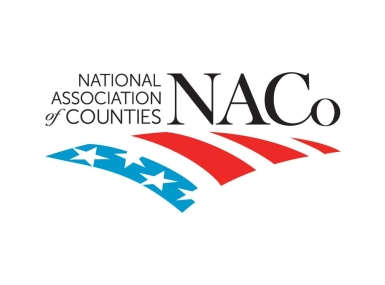Share
Line: | @NACoTweets: 40,000+ organizations dedicated to veterans' issues makes due diligence a premium in partnership planning |
According to the nonprofit organization Charity Watch, there are more than 40,000 nonprofit organizations dedicated to serving the military, veterans and their families, thanks in large part to a 41 percent growth in these organizations since 2008. That’s over 10 organizations for every county in the United States.
Counties provide a wealth of services for veterans and their families. County Veteran Service Offices assist vets with a wide variety needs, including filing benefits claims through the Department of Veterans Affairs. Often, counties will refer veterans to nonprofit organizations for various services, such as financial planning, legal assistance or mental health counseling.
With thousands of different providers across the country, how should counties, or veterans, identify quality organizations with which they should partner?
One option counties have for evaluating these nonprofits is to take an empirical approach. National recognition of the need for standards is slowly developing, but organizations like the National Association of Veterans Serving Organizations (NAVSO) are working to serve as a convener of best practices focused on delivering more effective and efficient services.
Other organizations have also developed evaluation metrics. The Bush Institute, which focuses on serving post-9/11 veterans, hosts multiple online tool kits for nonprofit organizations and potential funders. These kits ask funders to consider various aspects of the organization, including community connectedness, education and employment initiatives, independent sector engagement, and efforts to aid women veterans. While counties are not directly donating to nonprofits, the same metrics can and should be used for developing partnerships and referrals.
Charity Watch also grades veterans organizations based on efficiency and annually updates its list of “Top Rated Charities.”
While evaluation is an important part of the process, counties should also look to leverage other resources already in their communities. Collaboration can be equally as effective.
Charlotte Bridge Home (CBH) serves as a hub in the Charlotte- Mecklenburg County, N.C. community, operating as an intake and referral source for veterans. In August, they launched North Carolina Serves, which pulled together 40 area service providers across a 10-county footprint, and both the number of veterans served and the number of providers involved continue to grow.
To determine which organizations would join their “hub-and-spoke” model, CBH convened leaders of national serving organizations along with local leaders. “This group set a series of evaluation criteria for network participation, based on available services (supply) and veteran needs (demand),” CBH Executive Director Cindi Basenspiler says. “Then we put names of organizations on the board and vetted them as a community.”
Similar to the requirements from the Bush Institute and Charity Watch, the group looked at factors like leadership, track records of success, and connections to the community. Since the onset of the North Carolina Serves program, other organizations in the area are now striving to meet those standards to join the NCServes provider list.
While Charlotte is pushing the curve with this model, other opportunities exist across the country.
Community foundations have long been involved in assisting veterans, but recently have slowed giving trends as the number of nonprofits has increased. Fundraising outlets have begun searching for state and local partners to run veterans-centered campaigns.
Counties could partner with these groups to evaluate local veterans organizations, better understand each other’s work, and help identify key areas of need for veterans and military families.





